The Indian alcoholic beverages industry is poised for a significant revenue boost in the financial year 2025, with projections indicating an 8-10% growth. This positive outlook, highlighted in a report by the rating agency ICRA, is attributed to several key factors, including a resurgence in spirit consumption, a shift towards premium products, and supportive price adjustments from state governments.
Factors Driving Revenue Growth
- Increased Spirit Consumption: As the social landscape in India evolves, more consumers are embracing alcoholic beverages, particularly spirits. The shift in consumer behavior is reflected in the growing acceptance of alcohol in various social settings, from casual gatherings to celebrations. This change is significantly contributing to the increased demand for spirits, positioning the industry for robust growth.
- Trend of Premiumisation: Another major trend impacting the alcoholic beverages sector is premiumisation. Consumers are increasingly opting for higher-quality products over standard options. This trend signifies a willingness to pay more for premium spirits, which often come with enhanced flavors, superior ingredients, and unique branding. As a result, companies that offer premium products are likely to see better sales and profit margins.
- Support from Price Hikes: To further bolster revenue, several state governments have approved price hikes for alcoholic beverages. This strategic move allows companies to pass on increased costs to consumers, which can help maintain profitability despite fluctuations in production costs. Price adjustments not only support revenue growth but also reflect the government’s recognition of the alcohol sector’s economic importance.
Stability in Operating Profit Margins
Despite the anticipated increase in revenue, the operating profit margin (OPM) for the industry is expected to remain stable at around 12-13%. This stability is attributed to several factors:
- Declining Packaging Material Costs: The cost of packaging materials has decreased, which helps companies save on expenses. Reduced packaging costs can offset the rising prices of raw materials, such as grains, which have seen an increase in the first half of FY25.
- Managed Costs: The industry has become adept at managing its costs, ensuring that profit margins remain stable even in the face of rising operational expenses.
Recent Performance Highlights
The first quarter of FY25 showcased impressive performance across the industry:
- Spirits Sector: The spirits industry recorded a 9% year-on-year increase in revenues. This growth was fueled by a 5-7% improvement in realisations (the average revenue earned per sale) and a 2-4% rise in volumes sold. This indicates a healthy demand for spirits, driven by both volume growth and effective pricing strategies.
- Beer Industry: The beer segment also performed admirably, with a 12% revenue increase during Q1 FY25. This growth stemmed from a 3-5% increase in sales volumes and a 7-9% rise in realisations. The beer sector’s success highlights the shifting preferences of consumers towards varied alcoholic options.
Future Outlook
Looking ahead, the Indian alcoholic beverages industry is well-positioned for continued growth. With the ongoing trends of increased consumption and premiumization, coupled with supportive government policies, companies in this sector can expect to reap the benefits of a thriving market. Additionally, as consumer preferences evolve, companies will need to innovate and diversify their product offerings to maintain their competitive edge.
Conclusion
In conclusion, the Indian alcoholic beverages industry is set for an exciting year in FY25, with expected revenue growth driven by rising spirit consumption, a trend towards premium products, and favorable price adjustments. As the market continues to grow and evolve, companies that adapt to changing consumer preferences and effectively manage their costs will be well-positioned for success in this dynamic industry.



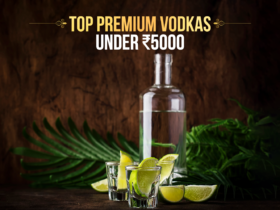
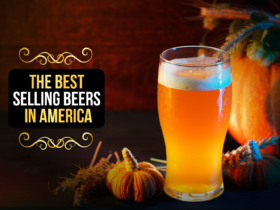



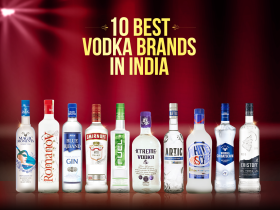
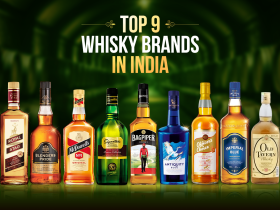






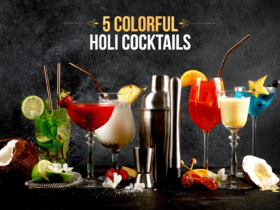


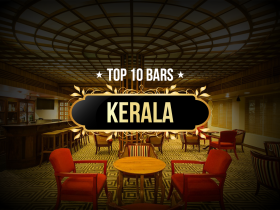
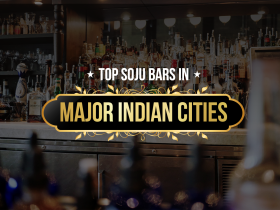
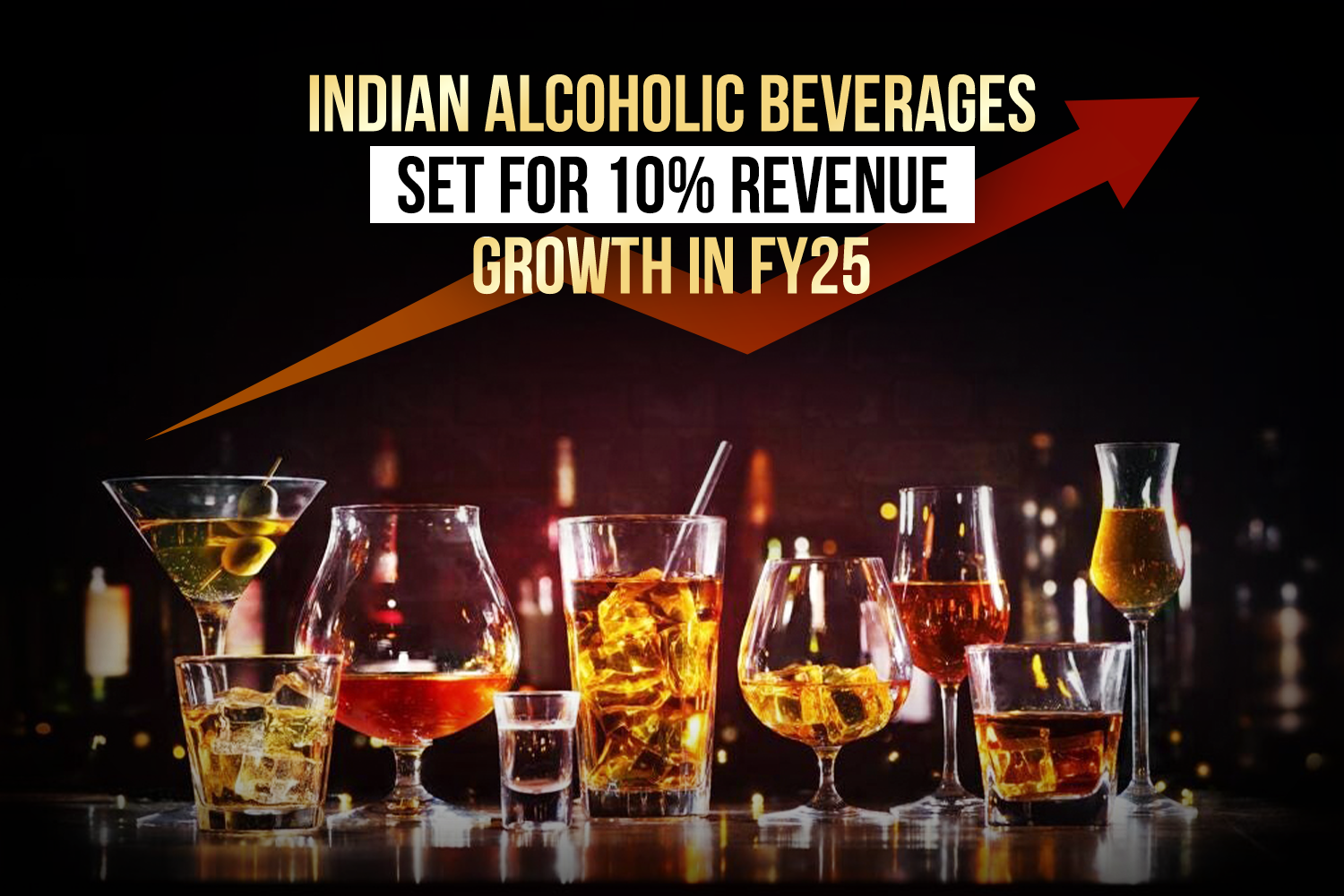

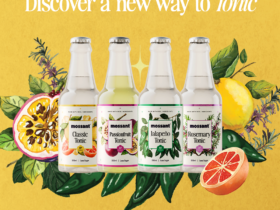
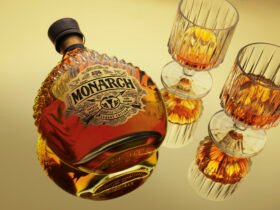
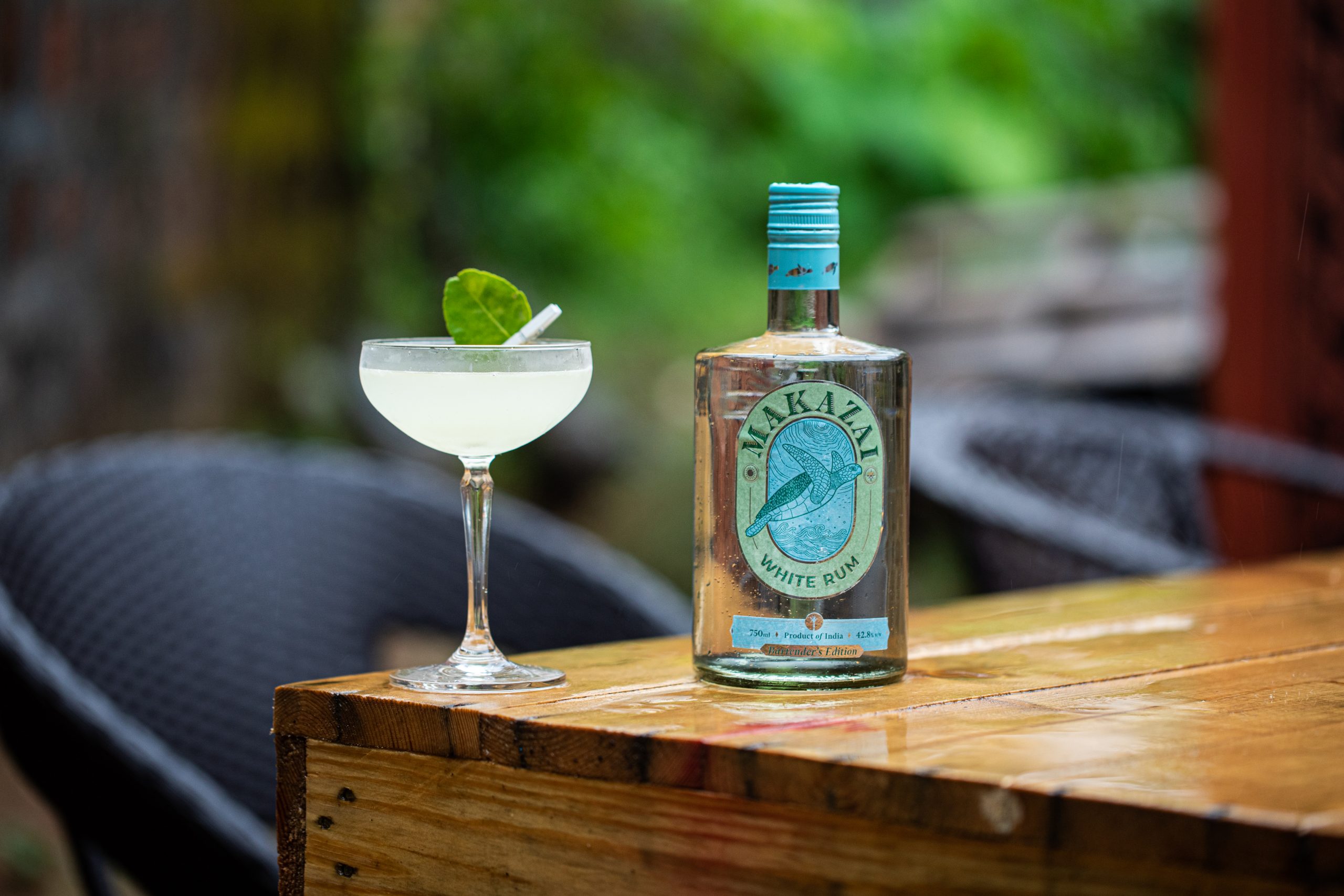
Leave a Reply